ssss
We left on saturday morning at 8am with a forecast of light winds down the Irish Sea. The decision this year to go to Bilbao meant that we had to cover distance in the first two weeks and take advantage of any reasonable weather windows. The skipper had been looking at weather for 10 days and annoying his wife with his revisions to the departure date and plan. But on departure day we had at least 2 days of light airs ahead so we left fully fuelled up ready to motor to the Scillies. We decided to leave out the usual first stop in Wicklow or Arklow to allow people to get their sealegs as conditions seemed so benign. We motored against the last of the tide which turned with us by the time we reached Howth. We headed outside the sandbanks at Wicklow and carried a strong tide of over 4 knots at times down the Irish Sea. It went against us 10 miles before Tuskar, but even then we only had 4 hours of tide against of no more than 2 knots. So we made good time but if only we had been able to sail.... The day was mostly grey and cooled down in the afternoon when the cloud cover set in.
There was surprisingly little shipping down the Irish Sea and only a few trawlers off the Smalls during the night to watch out for. The seas were slight and crew were able to rest, albeit with the constant noise of the engine in the background. The night was very dark with no moon which meant for more concentration. The hazy conditions eased before dawn with improved visibility but by then we were well away from land and the shipping lanes. Winds continued to be light, at no more than 5 knots so we motored on and rested as much as possible.
As the day warmed up the winds came up a little when we were 30 miles from the Scillies and we were able to sail slowly for an hour or so, but that eventually died and we motored on arriving into St Martins at 5pm after a passage of 33 hours, almost all under engine. I had never been to St Martins before and found a white sandy beach on the north side of the island. After a brief rest we put the dinghy in the water and went ashore for a walk. The island is 2kms long and crisscrossed by sandy trails. There is one concrete road which connects the communities of Lower Town, Middle Town and Higher Town. We went to the hotel in Lower Town overlooking Tean Sound with Tresco in the background. It gave Kevin, Brendan and Humberto some perspective of the nature of the Scillies: lots of rocks, islets and low islands.
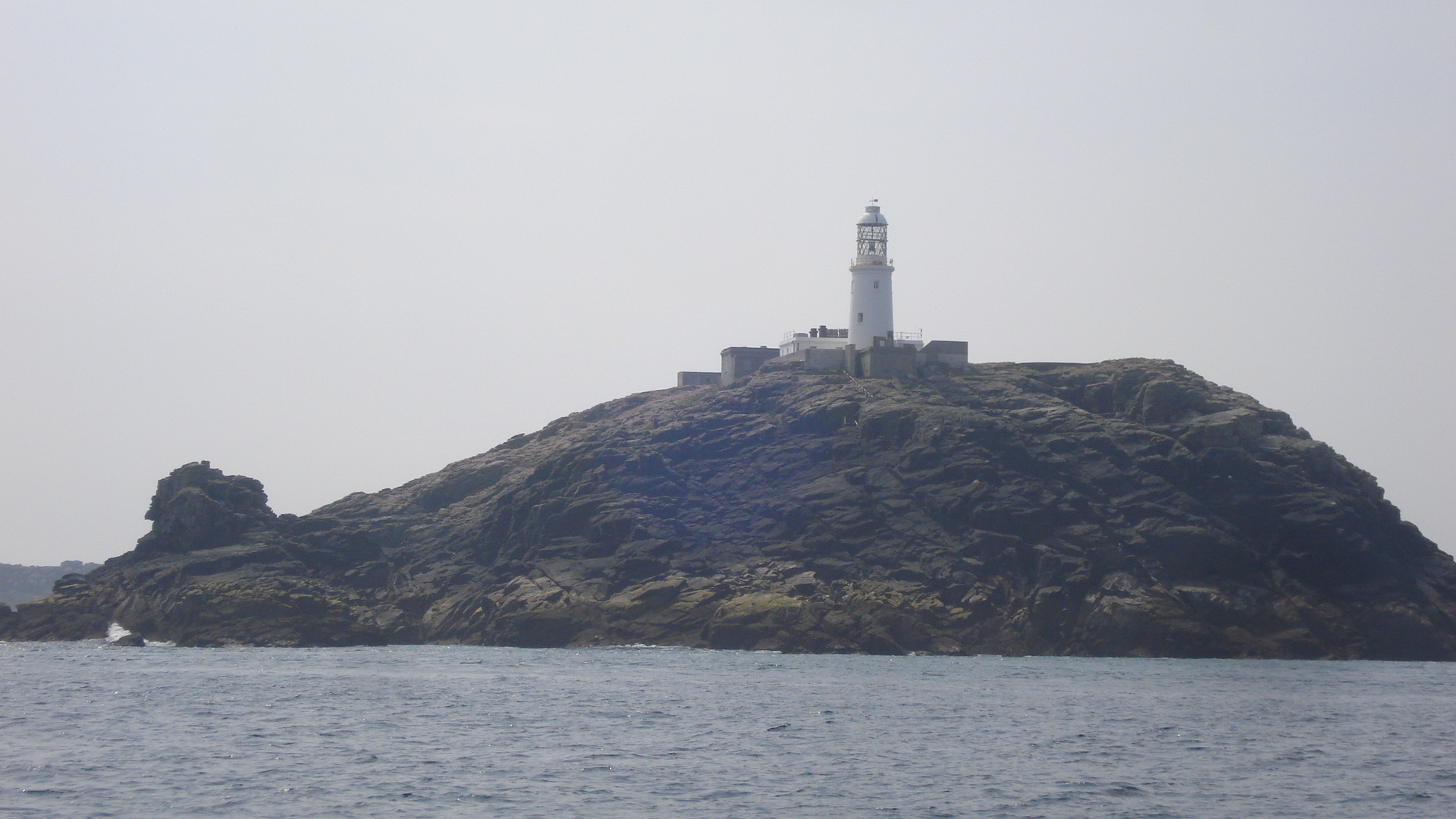
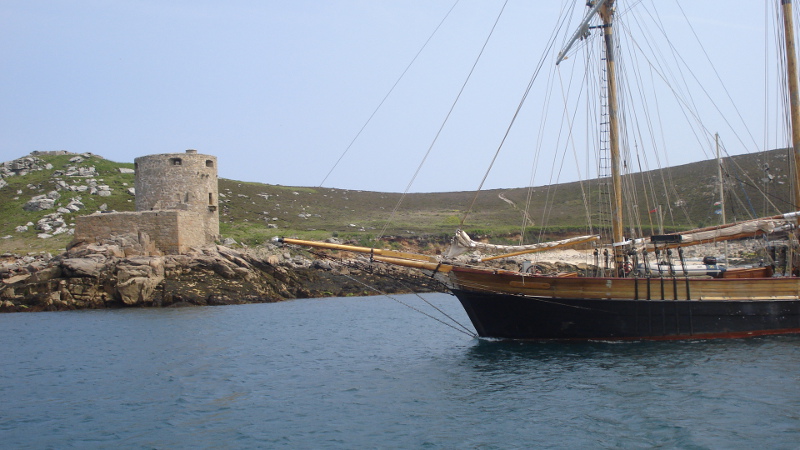
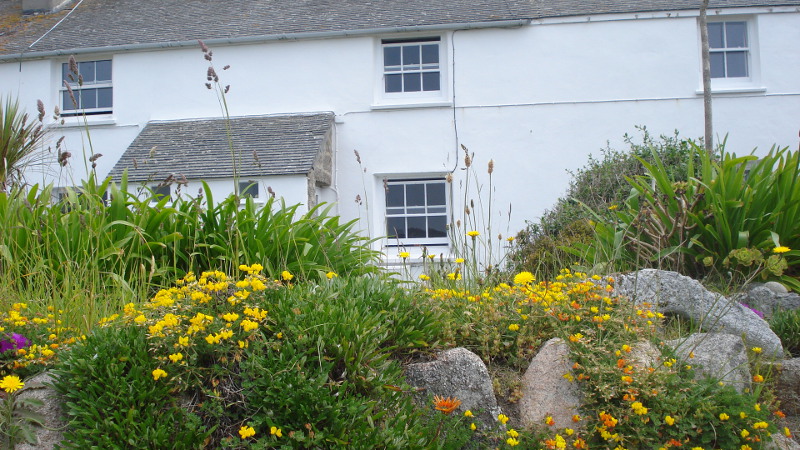
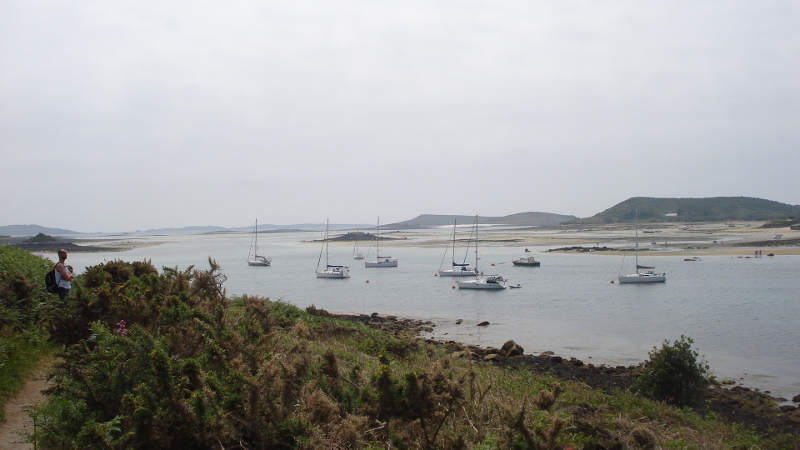
The next day, after a good rest we slowly sailed around to Tresco, anchoring in New Grimsby Sound. It was sunny and the crew was in the mood to explore. We did the circuit of the island and had great views of the boats coming in and out of the anchorage. The views constantly changed as we circled the island, from open sea to white sandy beaches and rocks, always rocks. After a pint we went back to prepare dinner. Kevin, the resident fisherman, took Humberto out to explore the rocks at the entrance to look for dinner. They didn't catch anything, but a friendly local did give them a large crab, which we cooked up to have for salad later.
An overcast morning greeted us the next day as we headed out to visit the Western Isles and St Agnes. There was a hefty swell as we left the harbour, despite the lack of wind, as we ghosted past the jagged rocks and islands at the western end of the Scillies archipelago. But that swell eased a bit as we approached St Agnes to anchor. Here Kevin came into his own and fished off the boat for lunch, catching 2 Pollock and 2 Wrasse. It was time consuming filleting them but they were tasty when we ate them. Well done Kevin !!! The swell was becoming an issue again and the skipper, who gets grumpy trying to sleep in a rolly anchorage, decided to move on to St Marys. We anchored just outside the harbour which seemed fairly busy. After cleaning up from lunch, we decided that we had to fill with diesel so we made two trips in the dinghy to fill up the 4 cans. We seemed to have used over 200 litres of fuel during the trip, which is more than I expected. With another windless pasage ahead to France, this was going to be an expensive trip. But at least the lads were loving being in the Scillies.
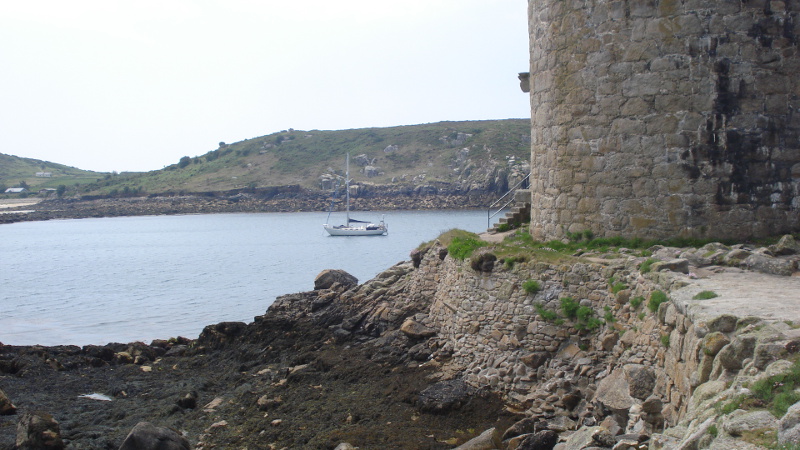
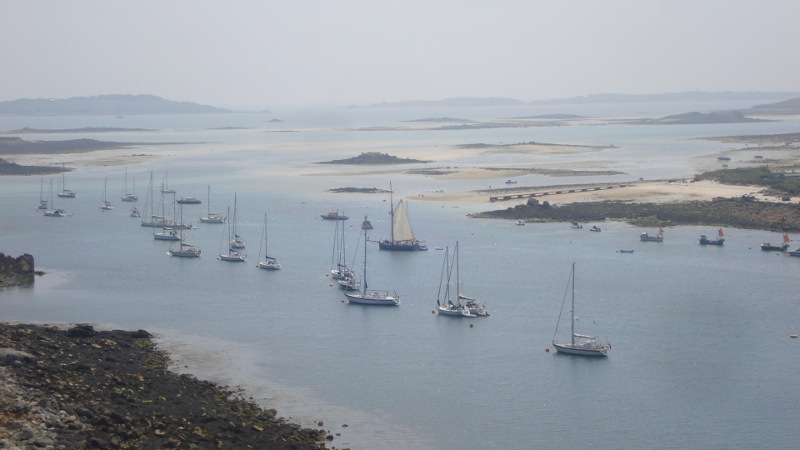
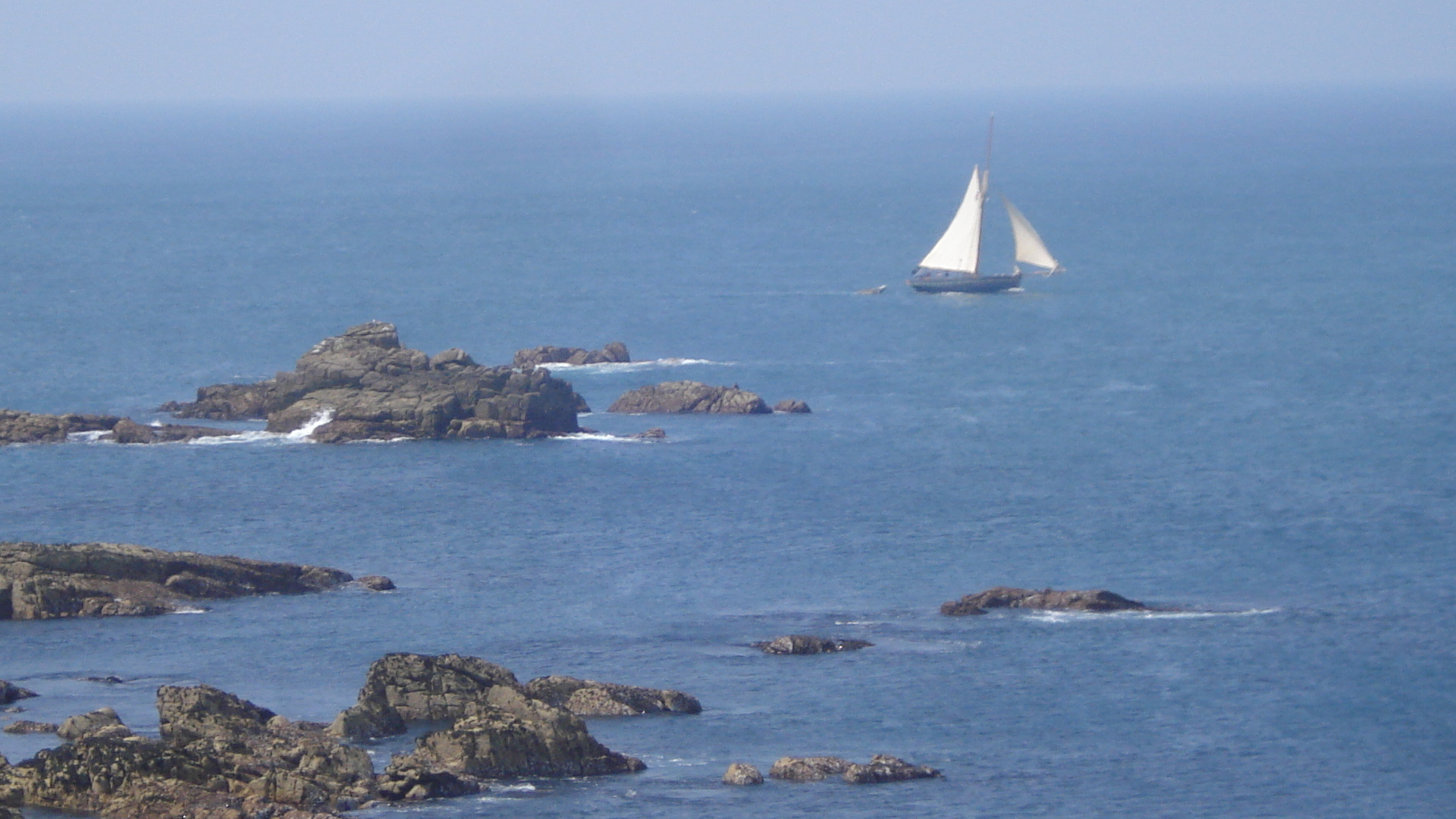
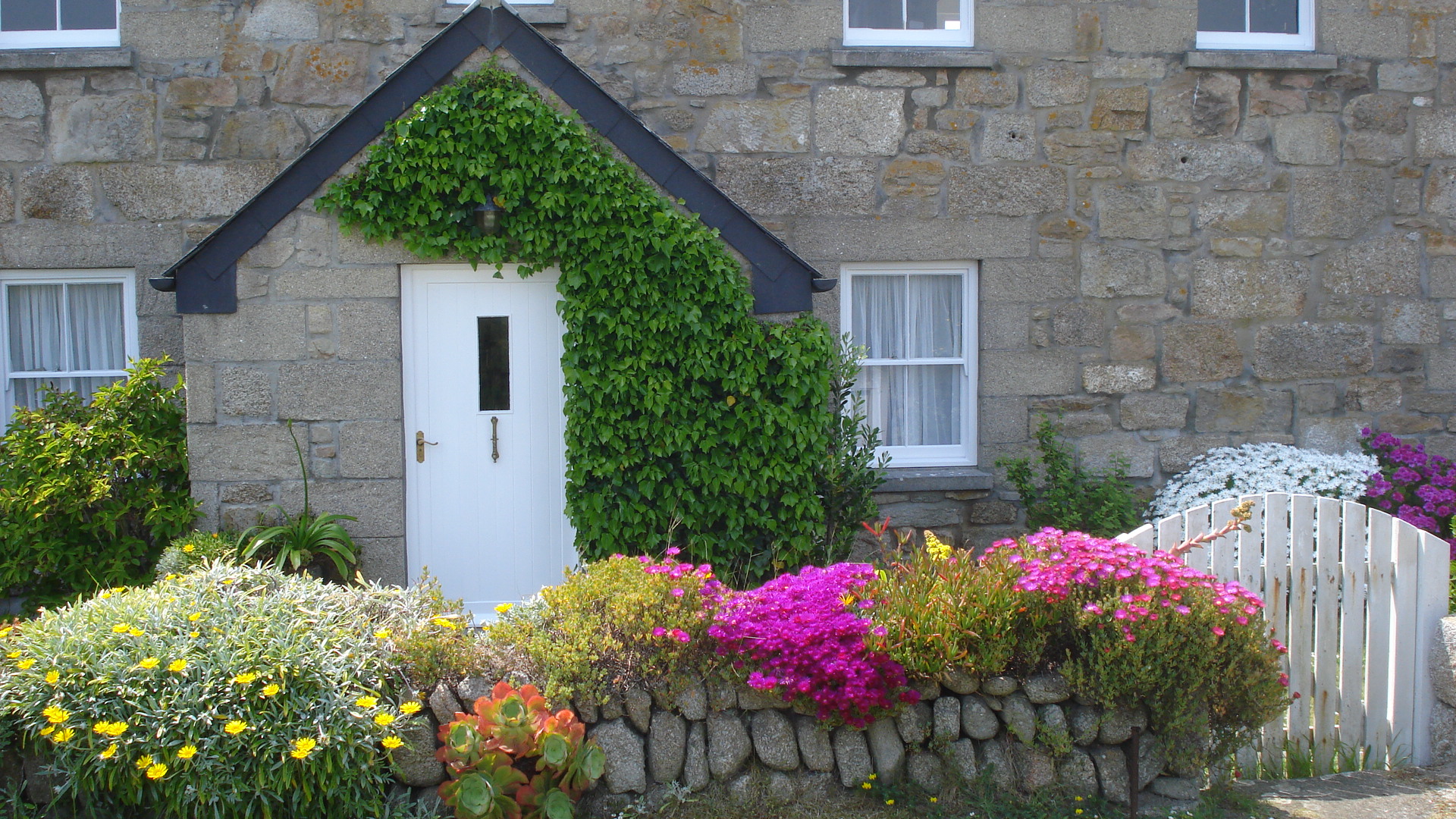
We went ashore for a walk aroung Hugh Town and found lots of tourists. It is a hive of activity with boats coming in to taxi people to the different islands. The ferry from Penzance lands here at noon each day bringing lots of nature lovers. We had a pint in the Atlantic bar overlooking the harbour before heading back to the boat. The swell had got in to the anchorage so we took out the flopper stopper to try to reduce the roll. But it didn't help and with our chef Humberto feeling queezy, we headed into the moorings in the harbour. They were pretty full but we found one in the back in fairly shallow water. I did my calculations and reckoned we would have 0.5 metres under us at low water. Unfortunately, I didn't take into account that as the tide fell, so the slack on the mooring chain increased and we moved into shallower water, touching for about an hour at 2am. No harm done, but after that the skipper couldn't get back to sleep.
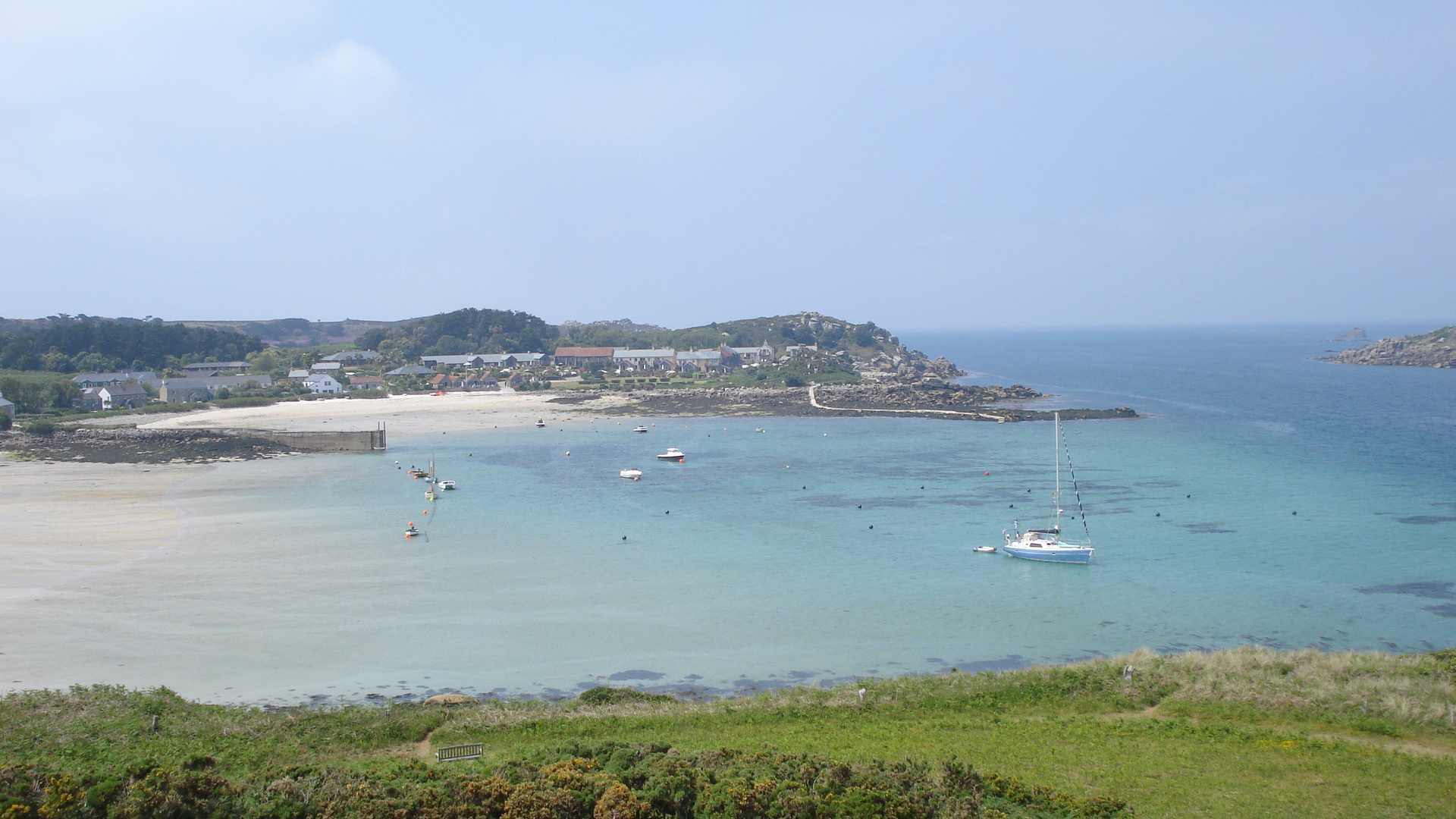
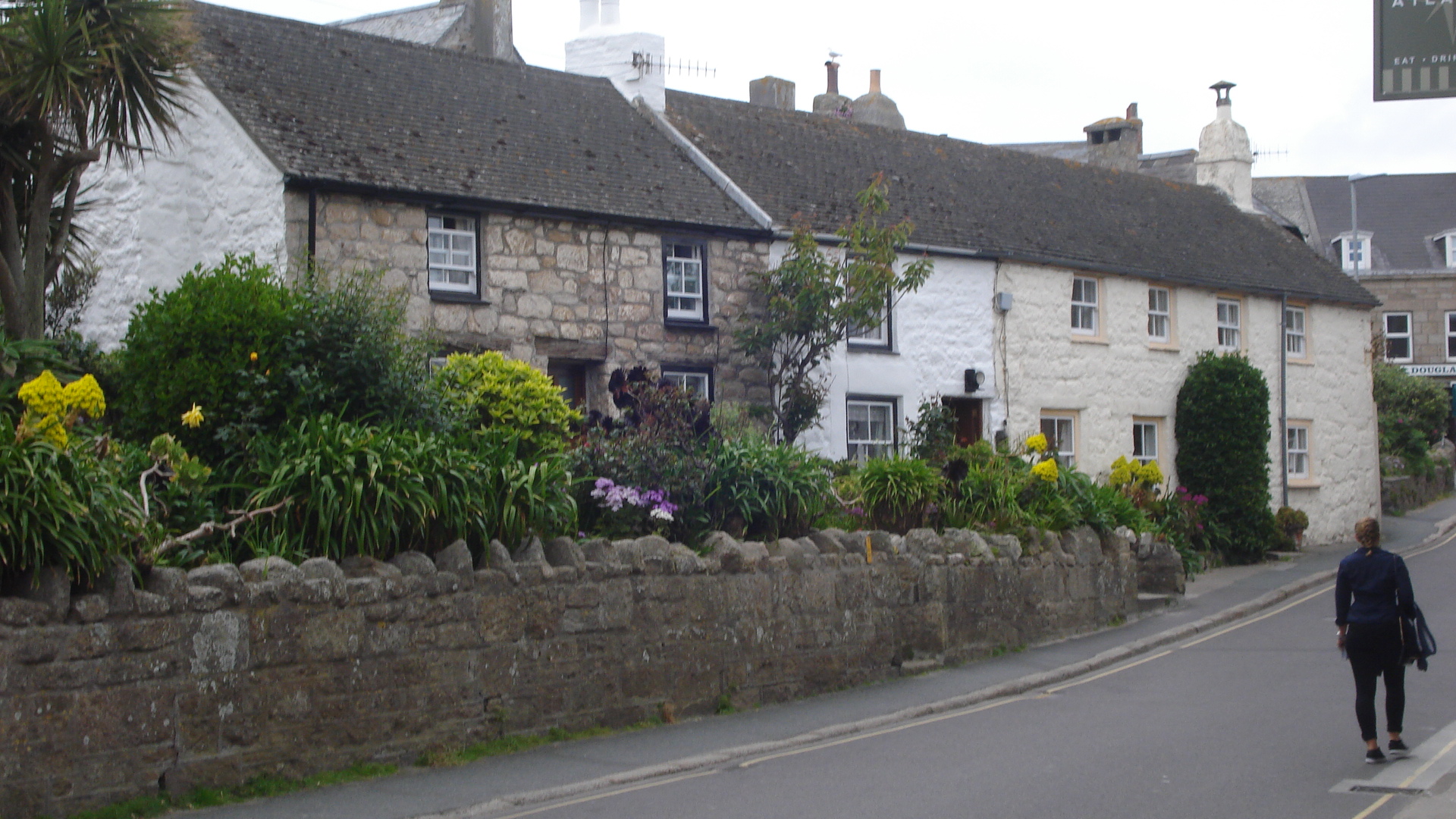
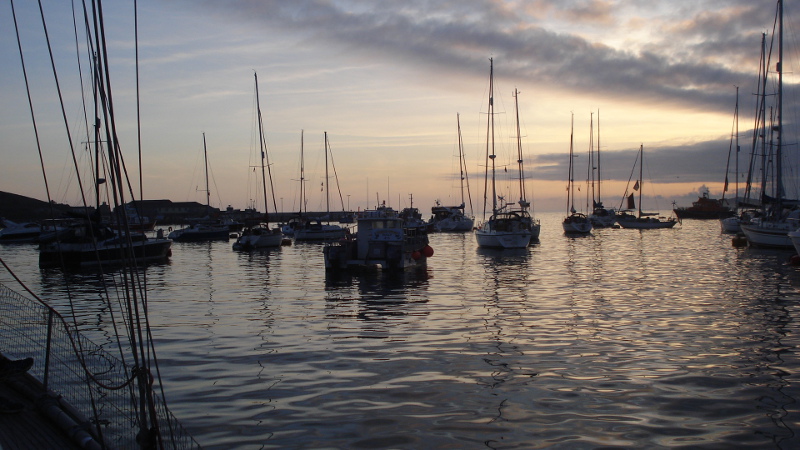
The next morning, was to be our kast on St Marys as we planned to set off for France that night. We went ashore for a shower which was well needed. First we did a tour of the old defences of the island and watched the ferry come in full of tourists as usual. Hugh Town was a hive of activity with locals touting for all kinds of business, from B and Bs' to ferrys to the islands. We did the last of our shopping and prepared for the off. We had a forecast of light airs all the way across, starting with north east and coming around to the east or southeast. There was 10 knots of breeze in the anchorage as we headed off which would be good but we suspected it was simply a landbreeze generated on a hot day by the heat of the land. Outside the wind eased a bit and we flew the cruising chute with the wind on the beam. An hour out, the wind eased a bit so we tried a trick learnt from Ronnie and Glenis on Quarante: we kpet the sails set and motored at low revs on the engine/ This motorsailing technique allowed us to make comfortable progress without using much fuel or being too loud for those down below. We continued like that until midnight when the wind got too light to use. So then we rolled the headsail away and motored on at 5 knots to avoid too much noise for those sleeping below. The seas were comfortable so we didn't mind travelling a bit slower. Also we knew that when we got close to Ouessant we would be early enough in the south going tide to have 2 or 3 hours to spare.
The skippers watch was at 5am and on getting up, I found calm seas but a breeze of 8-10 knots on a close reach. So the yankee was set and the engine went off. We were sailing at 5 knots or more on lovely seas and the crew had the chance to sleep better without the noise of the donkey. Harry the Hydrovane kept us on a reasonable course and I pottered with sail trim to keep the sails well balanced. That helped my two hour watch to fly and soon enough the others got up to replace me. I think we were all well rested after a comfortable night onboard. There was not too much shipping either as we crossed the traffic lanes but there were two fleets of french trawlers out which we had to keep an eye out for. As we neared the island of Ouessant, the French Coastguard gave a radio warning for fog near the island. The guide book said do not approach it in fog on account of all the rocks and strong tides around it. But 3 miles off the island came out of the haze and we had clear visibility the rest of the way in to the small harbour of Lampaul where we picked up a morring buoy after a 19 hour passage. After lunch and a snooze we went ashore for a stroll. The small town of Lampaul was quiet and relaxed. There was a bus of tourists buzzing around but once they were gone things settled back down. We had a drink in a couple of pubs before heading back for a big feed of Irish Lamb and some newly bought French wine. The anchorage was a little rolly by now as a front expected in the next day or two started to send a slight westerly swell in. But it was comfortable enough that we slept well without the skipper getting too grumpy.
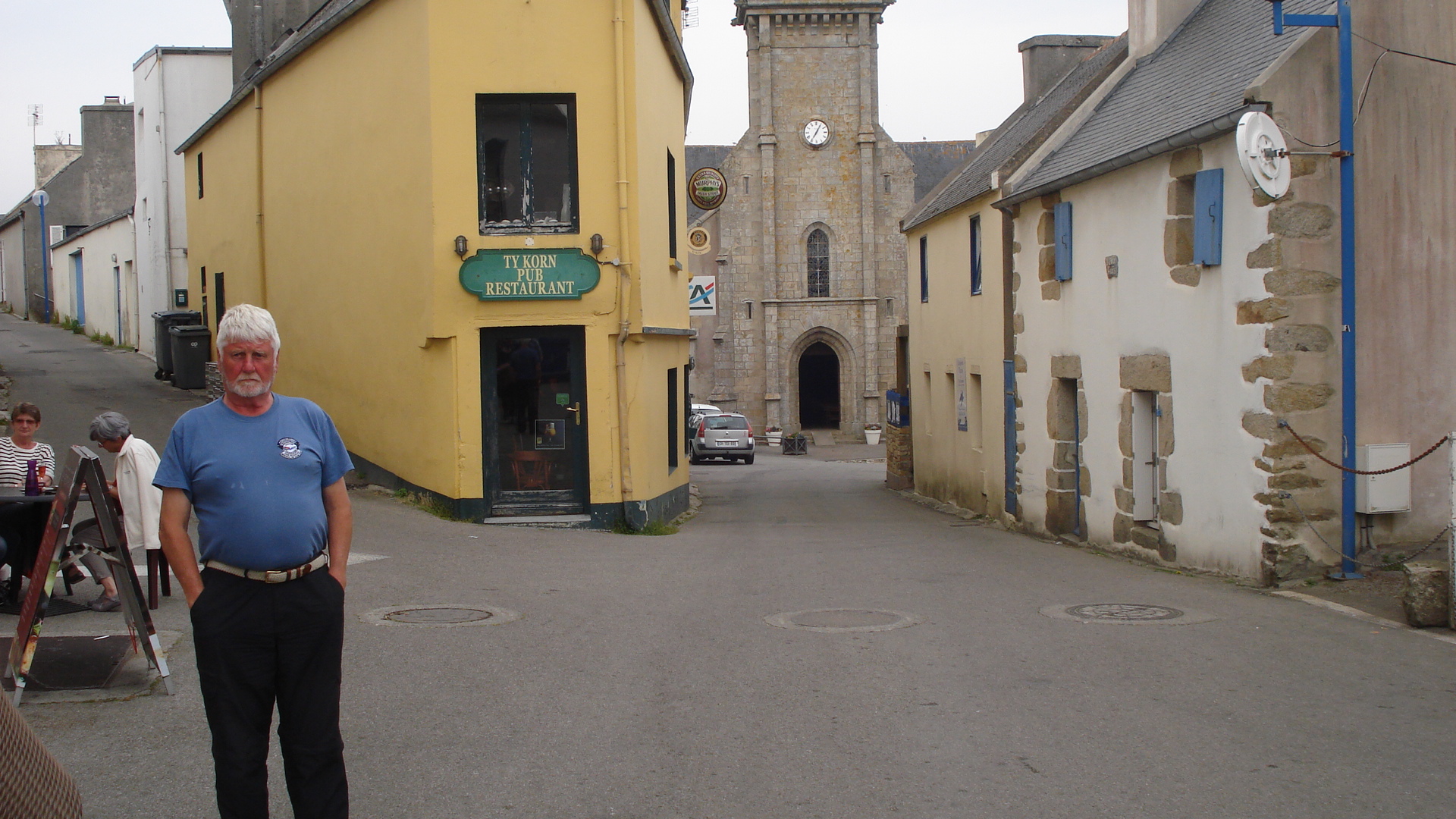
The next morning we woke to thick fog in the anchorage which cleared a bit by the time breakfast was over. We motored out monitoring the radar and only had to deal with a couple of yachts along the way south to go through the Raz de Sein, our last tidal gate before Spain. From now on we would be able to leave whenever we wished without having to take tidal currents into account. We motored for 5 hours before the wind came up from astern and the cruising chute came out. Rounding the Pointe de Penmarch Brendan had the helm as we tried to goosewing the main and cruising chute, no mean feat but he kept at it for 3 hours until we approached the small harbour of Loctudy. More on that later but at least we were in South Brittany and over half the job done........